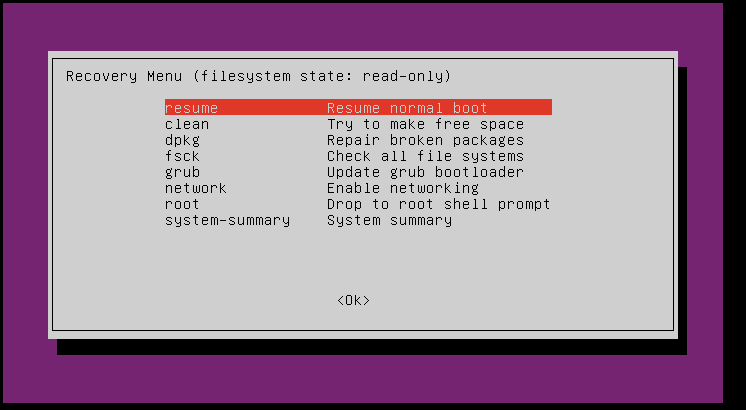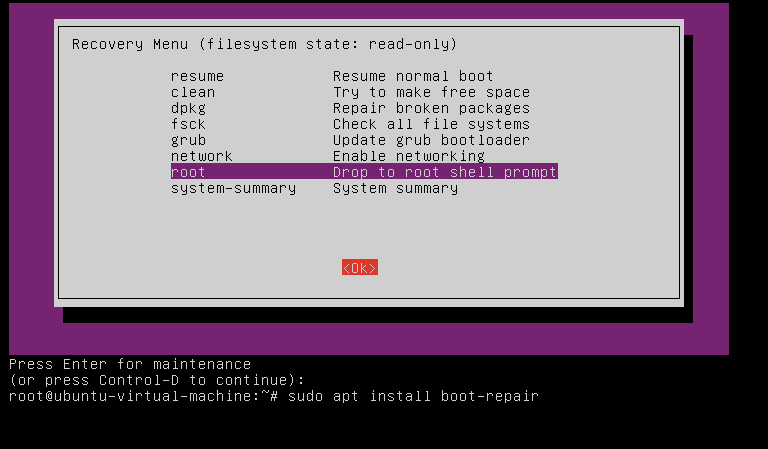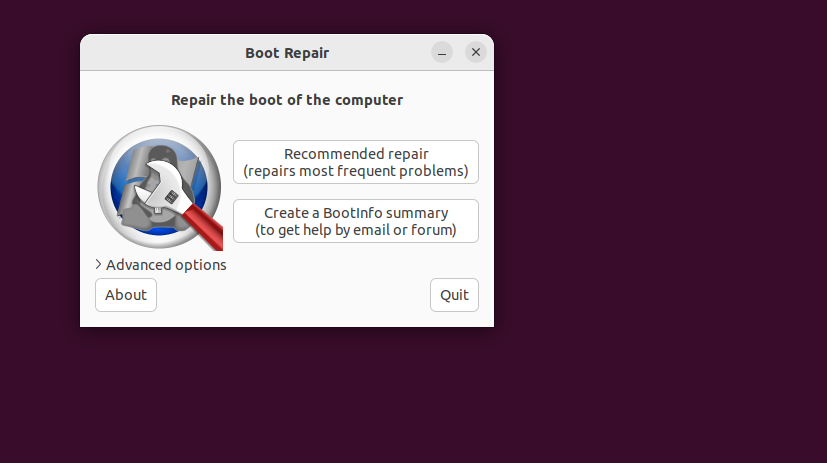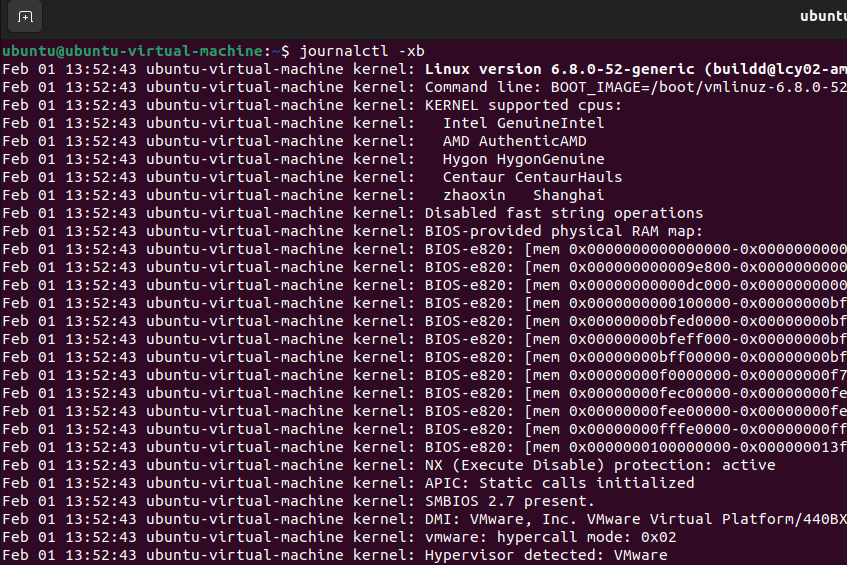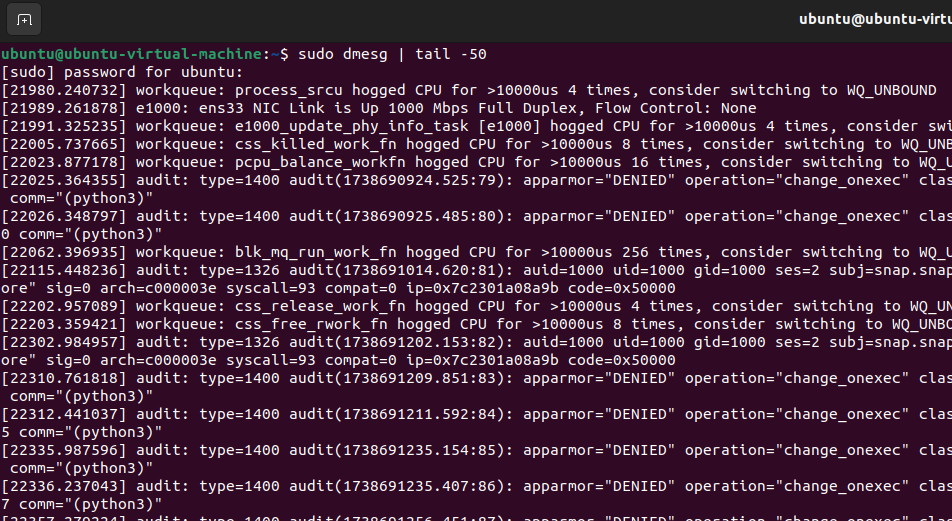Over the years, I’ve encountered various Ubuntu boot problems, from black screens to endless loading loops. Luckily, I’ve discovered several reliable methods to get Ubuntu up and running again. Here’s what worked for me.
The following aren’t the only possible solutions. Ubuntu’s flexibility means there’s often more than one way to solve a problem. Depending on your setup and preferences, one method might work better. If you get stuck, the key is to stay curious, experiment, and lean on community resources.
Using Recovery Mode to Fix Boot Issues
I’ve had times when Ubuntu just refused to start up—sometimes stuck on a black screen, other times stuck loading forever. If you can bring up the GRUB menu, though, you’re in luck. Simply hold Shift or Esc immediately after the BIOS/UEFI logo disappears (don’t be surprised if you need a few tries to get the timing right). Once GRUB appears, choose “Advanced options for Ubuntu,” then select one of the Recovery Mode entries.
If you run Ubuntu in a virtual machine, hold Shift while loading to bring up GRUB.
You should now see the Recovery Menu, which includes a few options to help fix your installation
I’ve found these two to be the most useful for common boot issues:
- clean: This tries to free up disk space, which can sometimes prevent Ubuntu from booting if your drive is too full.
- dpkg: This attempts to fix broken software packages, which can cause boot issues.
Use the arrow keys to navigate the menu and press Enter to select an option. It’s a good idea to try clean first and then dpkg. After each operation, try rebooting your system by selecting resume. If these options don’t solve the problem, proceed with the Boot-Repair tool as described below.
In the recovery mode menu, navigate to root and press enter. In the terminal that appears, type:
sudo apt install boot-repair
boot-repair
If you see “Unable to locate package boot-repair,” this means Boot-Repair isn’t in your system’s default software sources. You need to add a Personal Package Archive (PPA) that contains Boot-Repair. In the terminal, type:
sudo add-apt-repository ppa:yannubuntu/boot-repair
sudo apt update
sudo apt install boot-repair
Now, run Boot-Repair by typing boot-repair in the terminal. Follow the on-screen instructions.
Still Stuck? Use Logs to Find the Problem
If the other steps don’t work, you can check the system logs for clues—I’ve had to do this when nothing else seemed to fix the issue. From the root shell in Recovery Mode, I ran:
journalctl -xb
This command allowed me to examine detailed boot logs, uncovering a corrupted package as the culprit behind my Ubuntu boot failure. I then used dpkg in Recovery Mode to repair the package, resolving the issue.
Another useful command is:
sudo dmesg | tail -50
This shows the most recent system messages, which can be helpful for spotting driver failures or hardware issues. If you’re stuck and not sure what’s wrong, logs like these can often give you a better idea of what needs fixing.
If you can’t access GRUB at all, you’ll need to use a live USB/DVD.
Use another computer to create a bootable Ubuntu USB drive. You can download the Ubuntu ISO from the official Ubuntu website and use a tool like Rufus (on Windows) or Startup Disk Creator (on Ubuntu) to create the bootable USB.
Boot your problematic computer from the Live USB. Open a terminal. Follow the Boot-Repair installation instructions above (including adding the PPA). Then, run boot-repair. This process allows Boot-Repair to access and fix your installed Ubuntu system’s bootloader.
Dealing with Ubuntu boot issues can be frustrating, but there’s almost always a way to fix them. Whether it’s using Recovery Mode, running Boot-Repair, or checking system logs, the right approach depends on what’s causing the problem. In my experience, the key is to stay patient, try different solutions, and use the tools Ubuntu provides. And if all else fails, the Ubuntu community is a great resource for troubleshooting deeper issues.


